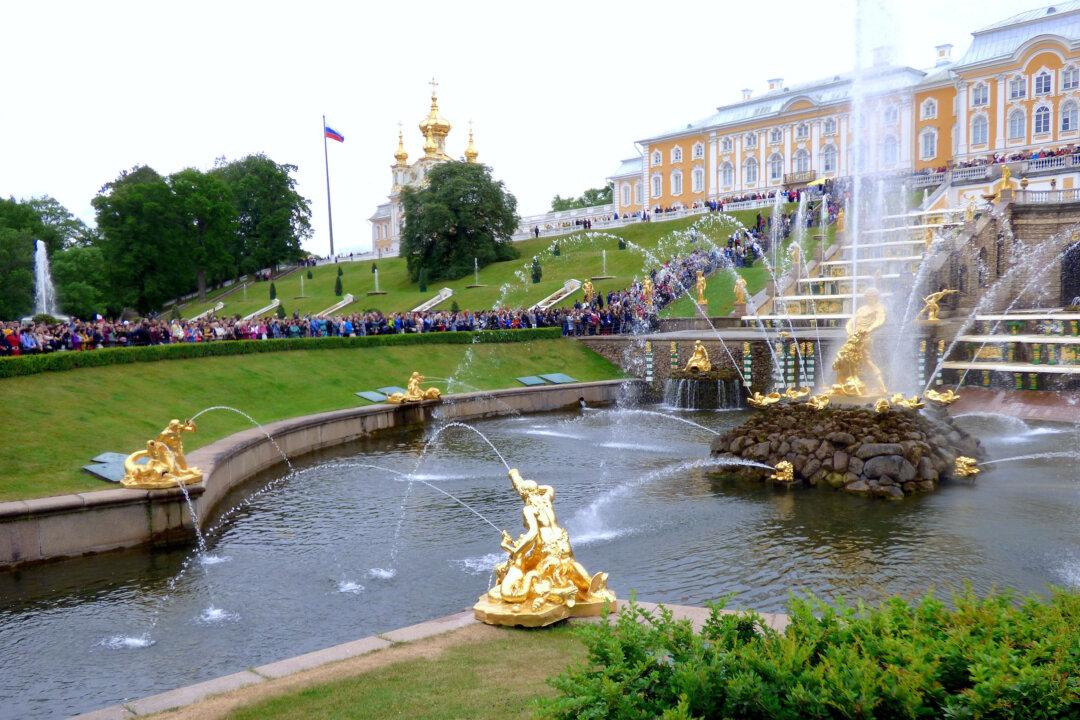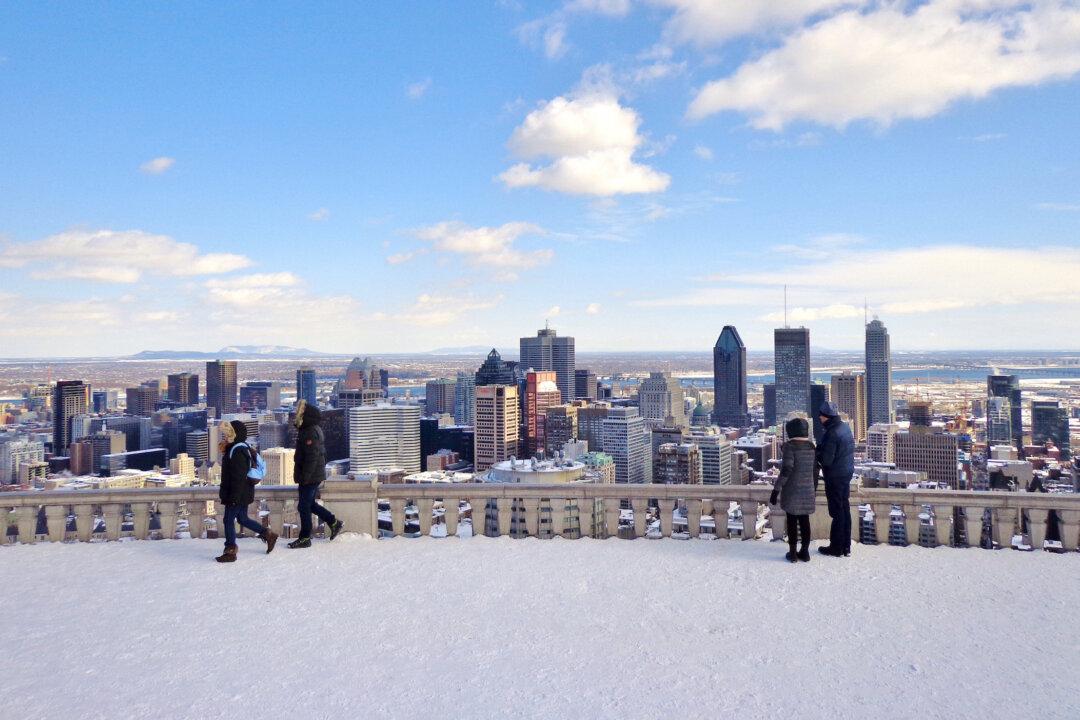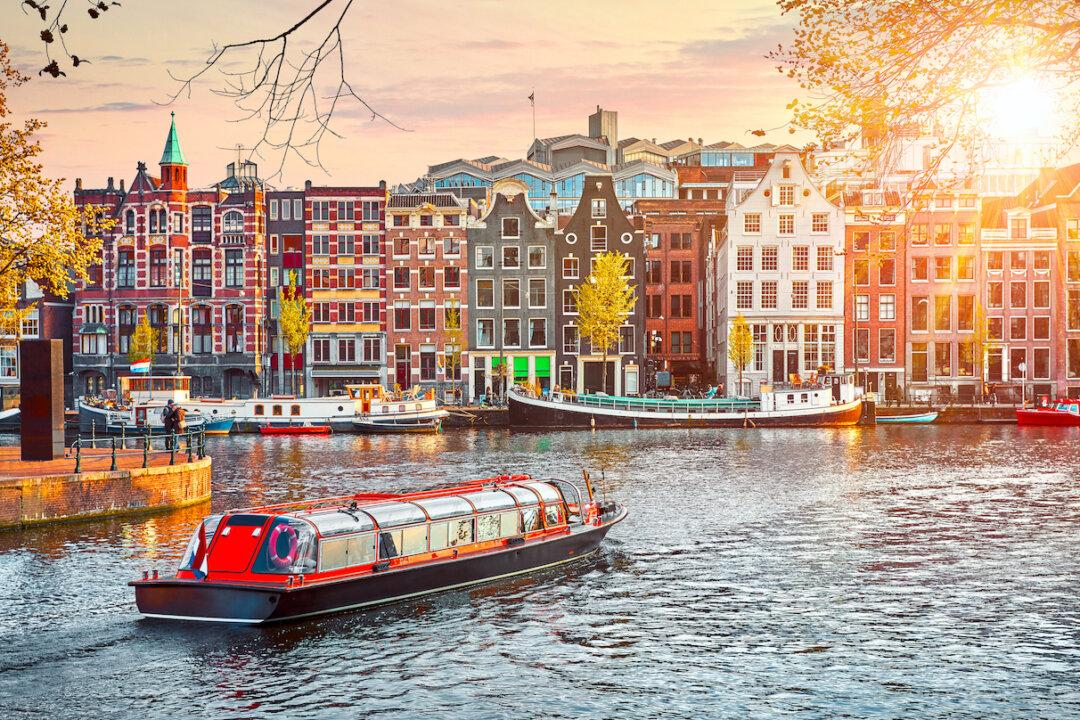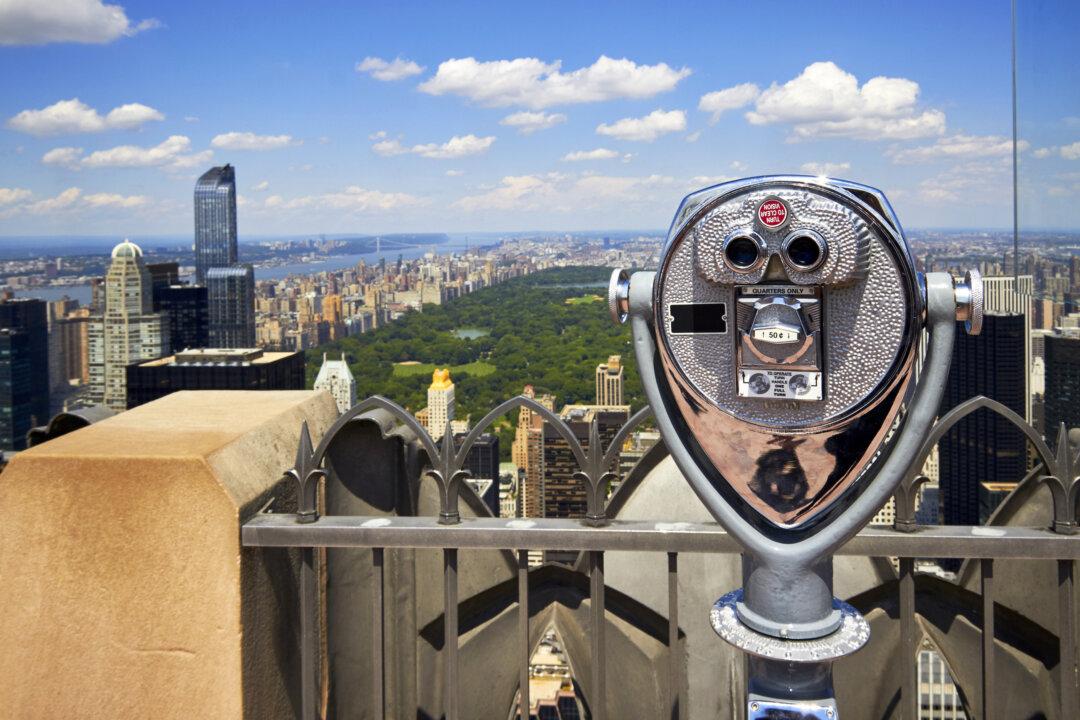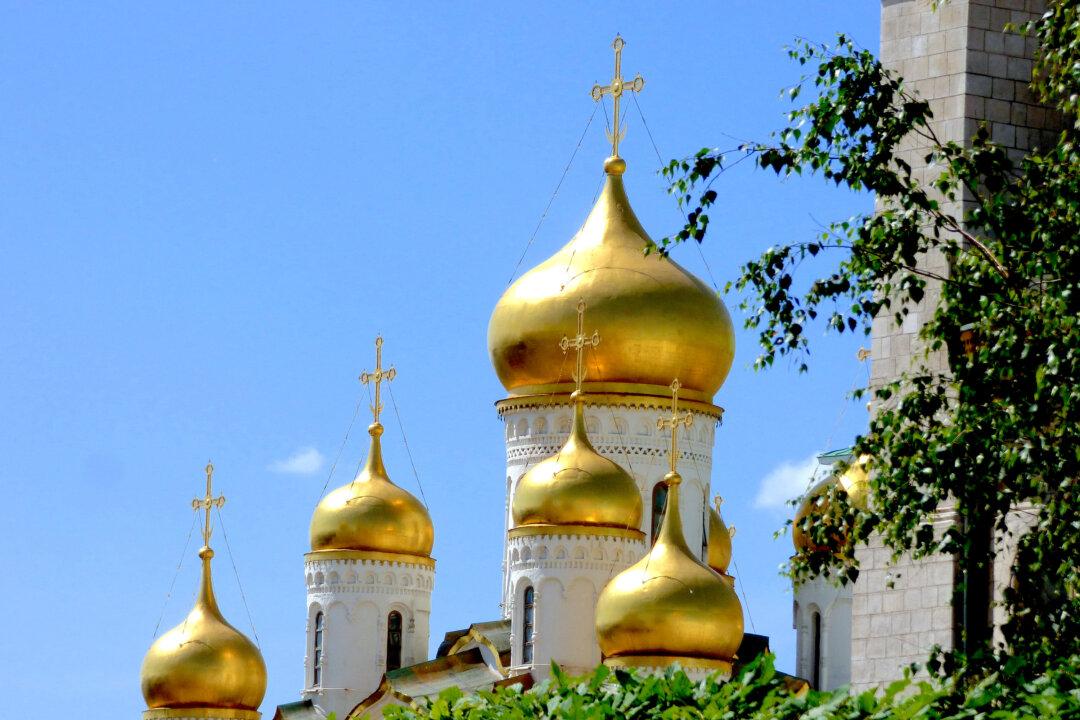The final port of call on our Viking river cruise “The Waterways of the Tsars” was St. Petersburg, a truly fitting ending in the city that Tsar Peter I (Peter the Great) designed as his imperial capital. Peter wanted to make a statement that Russia was leaving its isolation and taking its place on the global stage.
Beginning in 1703, at the marshy lowlands at the edge of the Neva River, Peter shaped a city into a series of 44 islands criss-crossed by canals. What he began, his daughter Empress Elizabeth I continued, paving the way for Catherine the Great’s 34-year reign that ushered in St. Petersburg’s golden age of art and science, fulfilling Peter’s dream of rivaling the great capitals of Europe.

